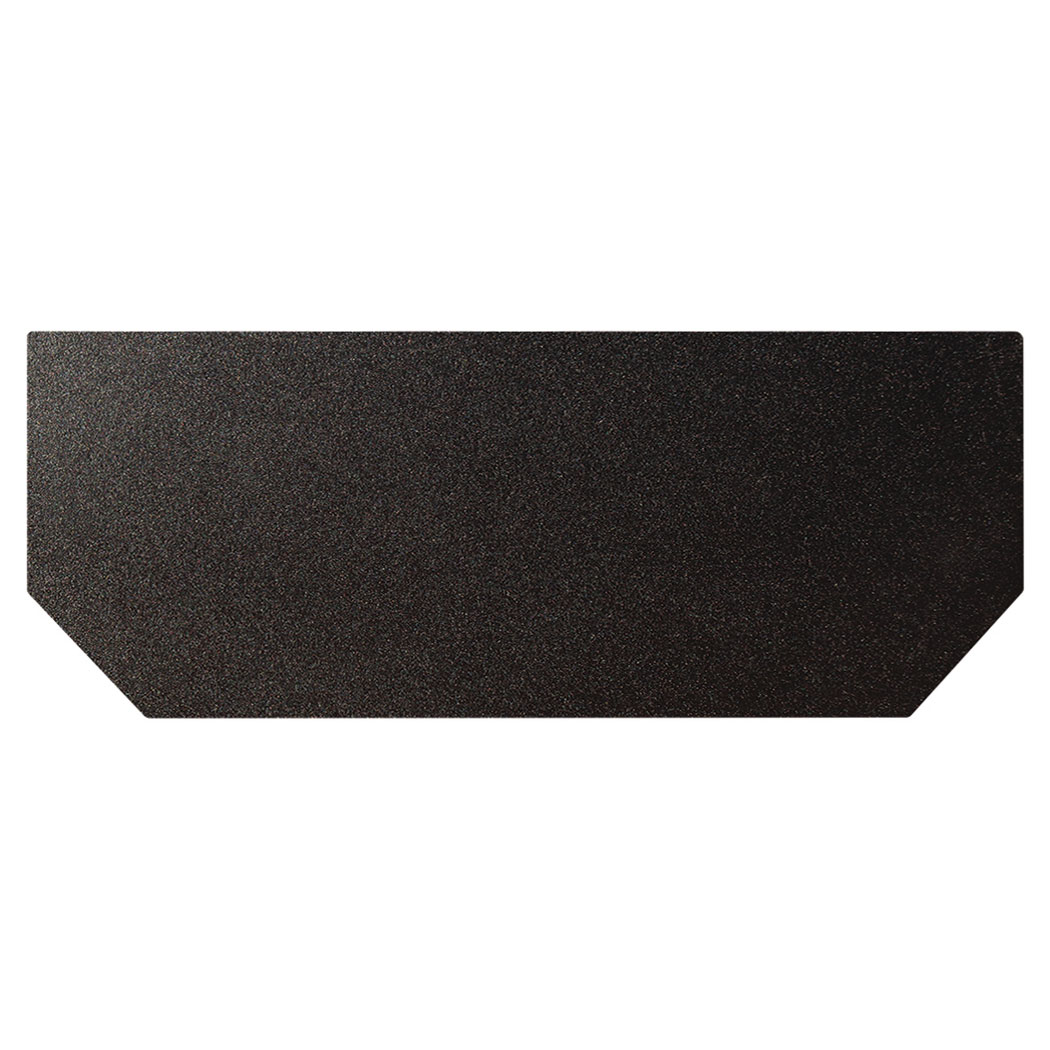Hi All,
I'm gearing up to install my Kuma Cascade LE insert and wanted to run a sanity check by here. Insert will be put into existing masonry chimney at floor level (not a raised hearth). The back of the chimney is in our uninsulated block single-car garage. I want a code install, the most energy efficiency, and get a sensible order of operations.
1) Chimney rebuild roof up. Contracted mason is doing this work. And cleaning chimney.
2) Remove damper
3) Knock out terracotta tiles (should I do all or only ones needed? Was leaning to do all.)
4) Drop 6" Champion hybrid flex pre-insulated liner (open to other suggestions, esp for heavier pre-insulated)
5) Stuff insulation where damper was (best insulation?)
6) Install damper block-off plate
7) Install new hearth extension (some low R-value slab with at least 1.4 R-value underneath if the existing concrete pour doesn't come out far enough for spec)
8) Any other insulation or method to keep heat in?
9) Install insert, may leave off surround, but have one for it
10) Profit
Any recommendations on most effective insulation for both above damper plate and under hearth slab appreciated.
Thanks all.
I'm gearing up to install my Kuma Cascade LE insert and wanted to run a sanity check by here. Insert will be put into existing masonry chimney at floor level (not a raised hearth). The back of the chimney is in our uninsulated block single-car garage. I want a code install, the most energy efficiency, and get a sensible order of operations.
1) Chimney rebuild roof up. Contracted mason is doing this work. And cleaning chimney.
2) Remove damper
3) Knock out terracotta tiles (should I do all or only ones needed? Was leaning to do all.)
4) Drop 6" Champion hybrid flex pre-insulated liner (open to other suggestions, esp for heavier pre-insulated)
5) Stuff insulation where damper was (best insulation?)
6) Install damper block-off plate
7) Install new hearth extension (some low R-value slab with at least 1.4 R-value underneath if the existing concrete pour doesn't come out far enough for spec)
8) Any other insulation or method to keep heat in?
9) Install insert, may leave off surround, but have one for it
10) Profit
Any recommendations on most effective insulation for both above damper plate and under hearth slab appreciated.
Thanks all.
Last edited:




![[Hearth.com] Insert Installation Plan Check [Hearth.com] Insert Installation Plan Check](https://www.hearth.com/talk/data/attachments/282/282794-087bc4c8cbfd58e5b3546e15468c81fc.jpg?hash=19fJNP4DX5)
![[Hearth.com] Insert Installation Plan Check [Hearth.com] Insert Installation Plan Check](https://www.hearth.com/talk/data/attachments/283/283646-0de632a5cfa4c7879073599102635bff.jpg?hash=hRv-Nd-bLe)
![[Hearth.com] Insert Installation Plan Check [Hearth.com] Insert Installation Plan Check](https://www.hearth.com/talk/data/attachments/283/283647-e823a3ae3669187c862b77cd4bf5fea9.jpg?hash=3LPImiaUOJ)
![[Hearth.com] Insert Installation Plan Check [Hearth.com] Insert Installation Plan Check](https://www.hearth.com/talk/data/attachments/283/283648-92d9261f215fda05be905f352c9a74d6.jpg?hash=4Dq1d6iqRU)
![[Hearth.com] Insert Installation Plan Check [Hearth.com] Insert Installation Plan Check](https://www.hearth.com/talk/data/attachments/283/283649-f357647c1d5a542d9cfce2b863332466.jpg?hash=ArQt0MKiD6)
![[Hearth.com] Insert Installation Plan Check [Hearth.com] Insert Installation Plan Check](https://www.hearth.com/talk/data/attachments/283/283650-b7d0104de69da22af47b023963217aed.jpg?hash=MGz1n1FxbQ)